
Our Team
Latest


Israel-Iran war reveals rising age of unconventional conflict

Bibi’s balancing act: tactical success v political danger
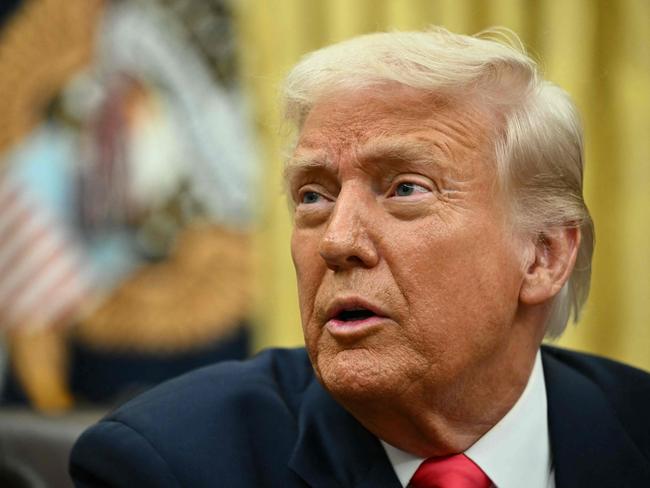
Trump’s gift to the world: a wake-up call to geopolitical reality
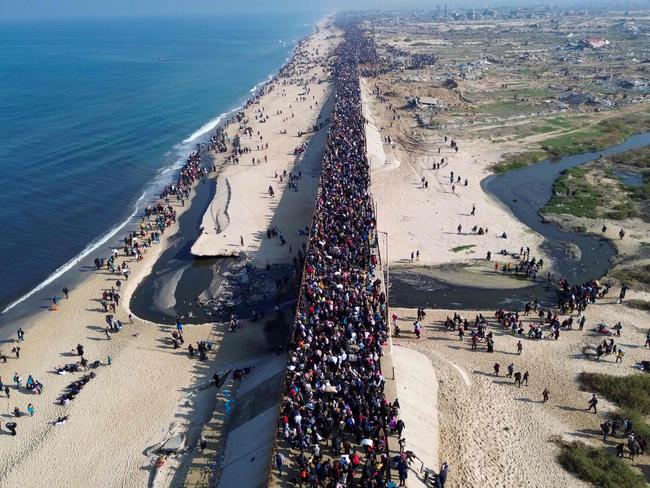
From ruins to ‘Riviera’: what comes after the apocalypse
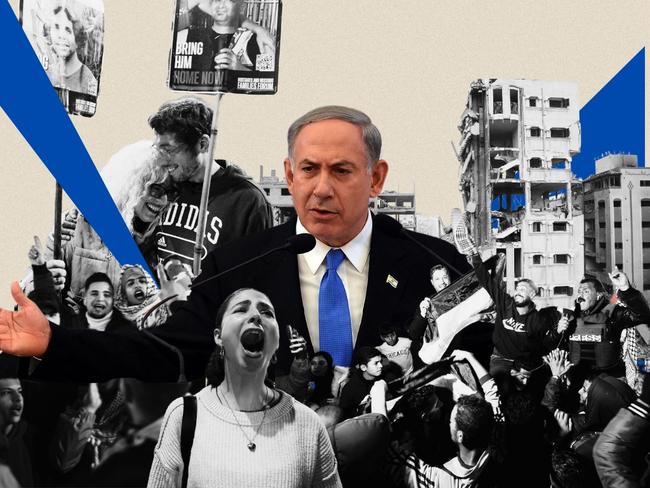
The battlefield reality behind the Gaza ceasefire
Even if this week’s ceasefire does indeed stick, what comes next will be the hardest thing.
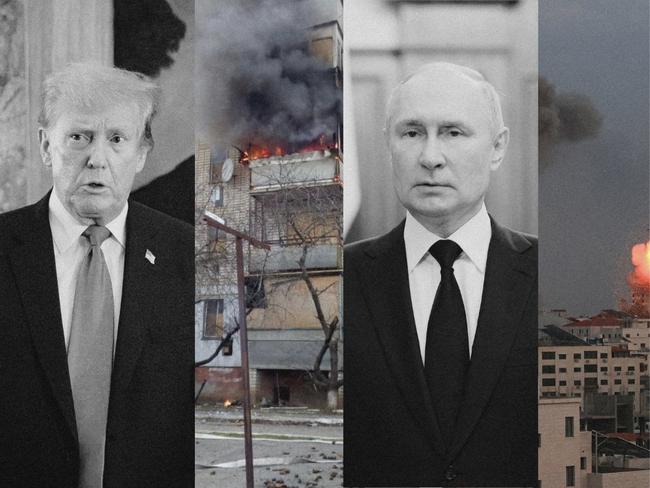
We need to brace for impact in a disrupted world
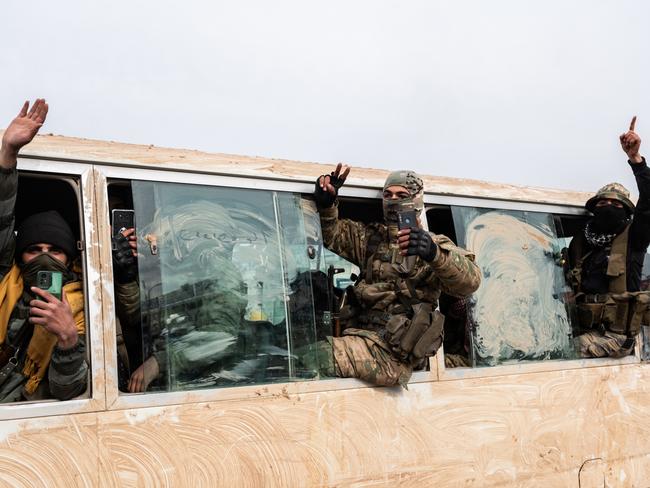
Syria’s chain reaction: the 11-day blitz that unravelled Assad
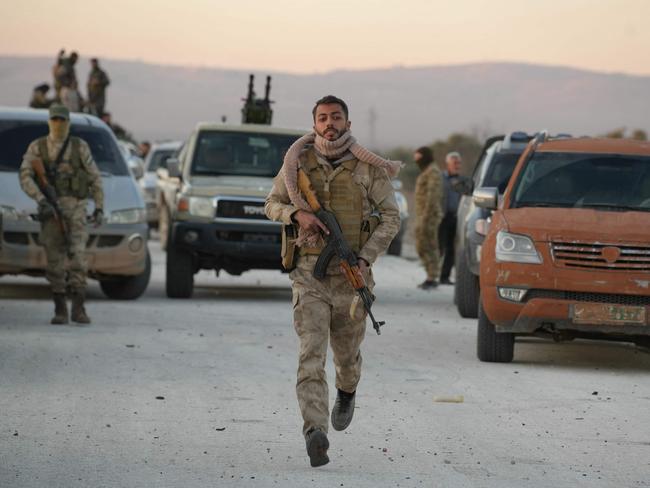
Surprise attack shifts Mid-East sands again
Fresh fighting in Syria may revive terror threats in the West, including Australia.
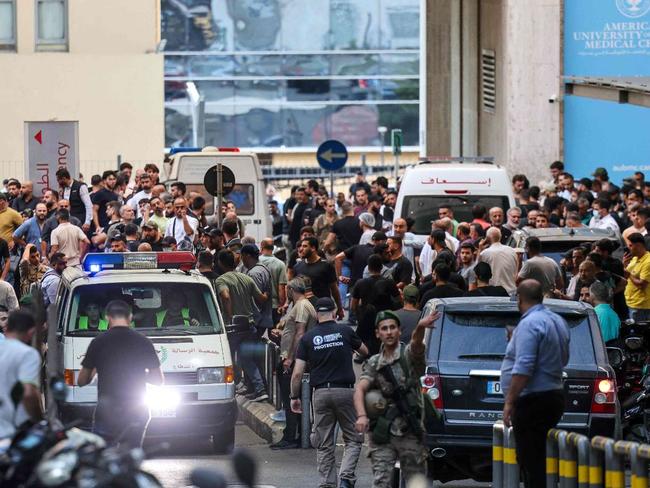
Could Israel’s calculus for war be shifting to escalation?
Original URL: https://www.theaustralian.com.au/author/david-kilcullen

